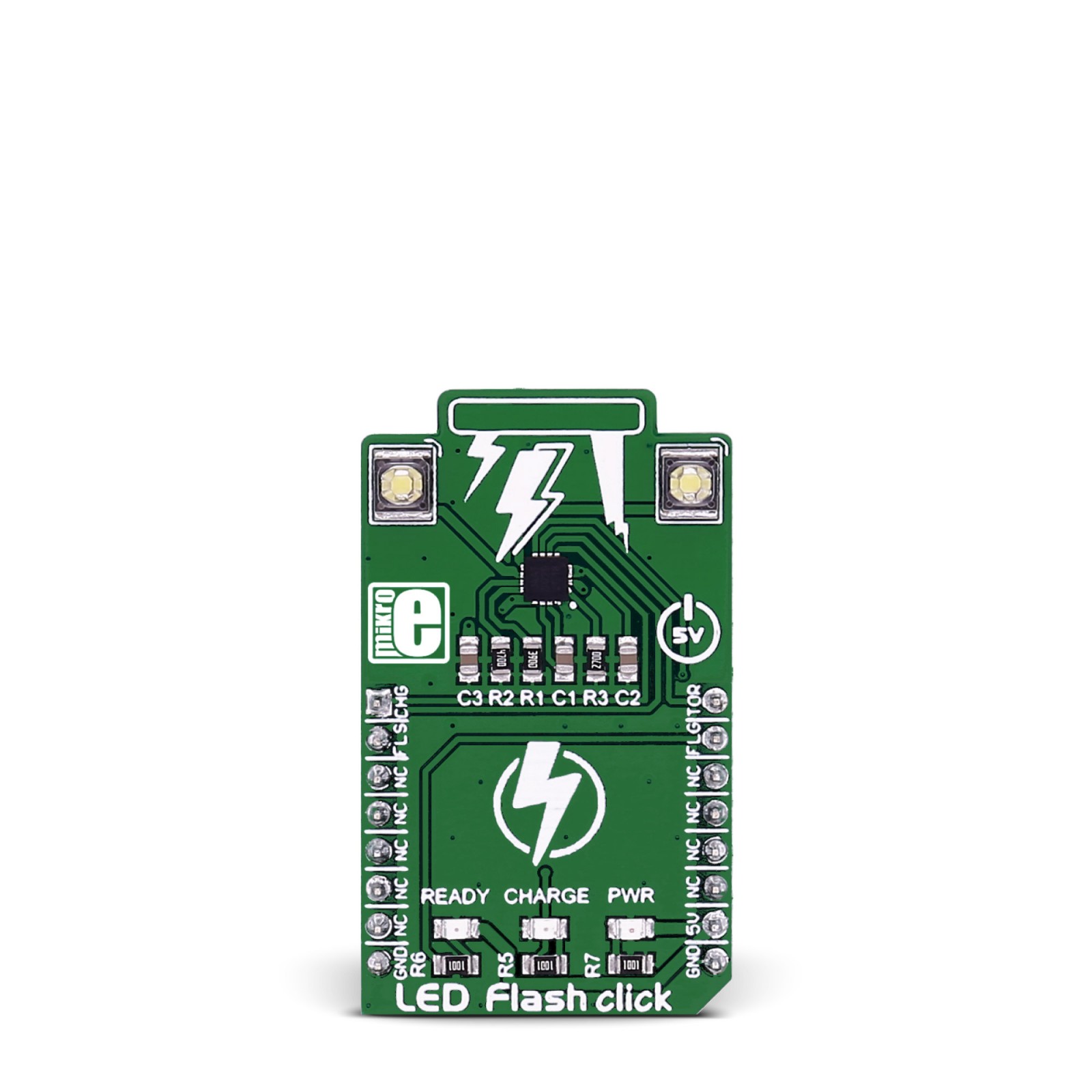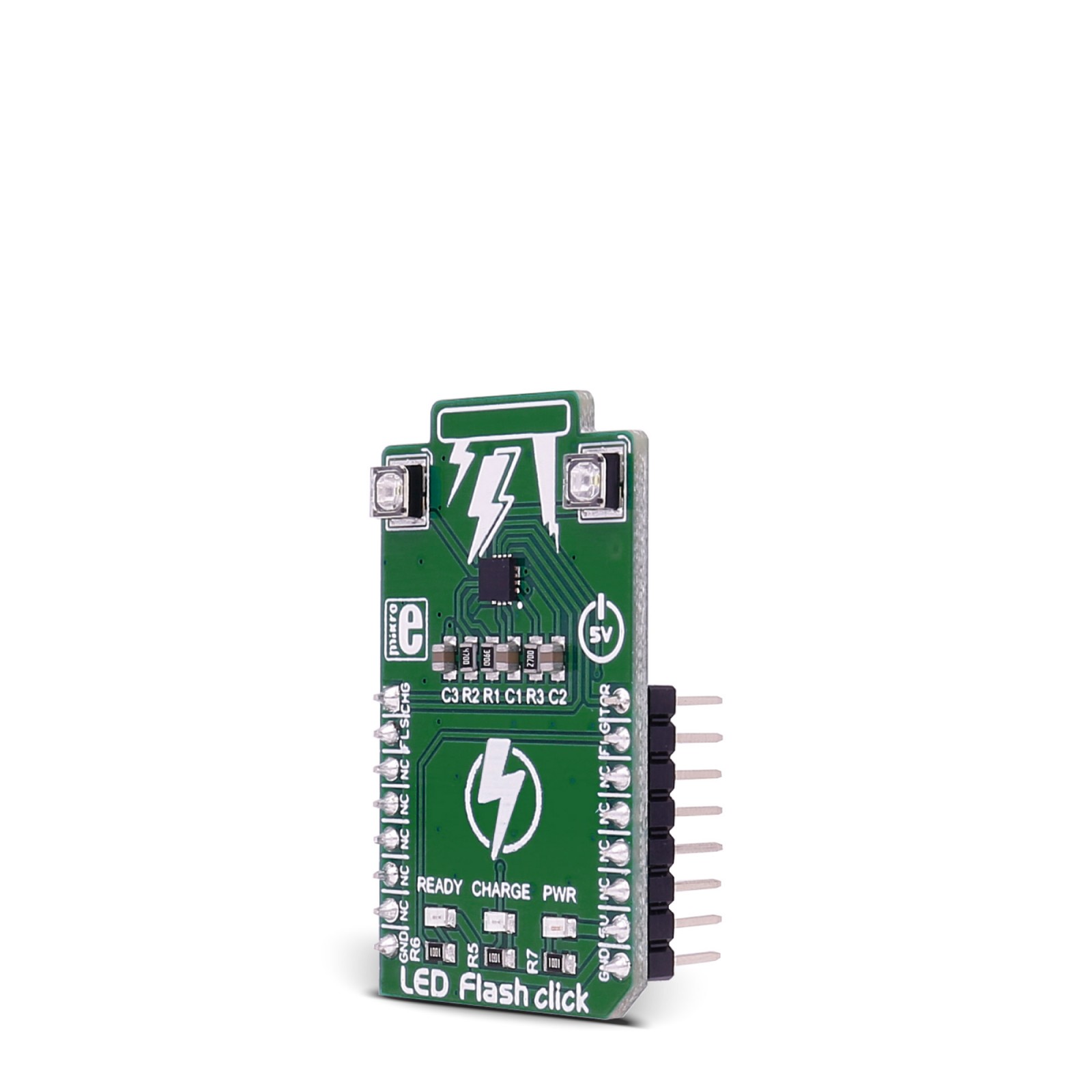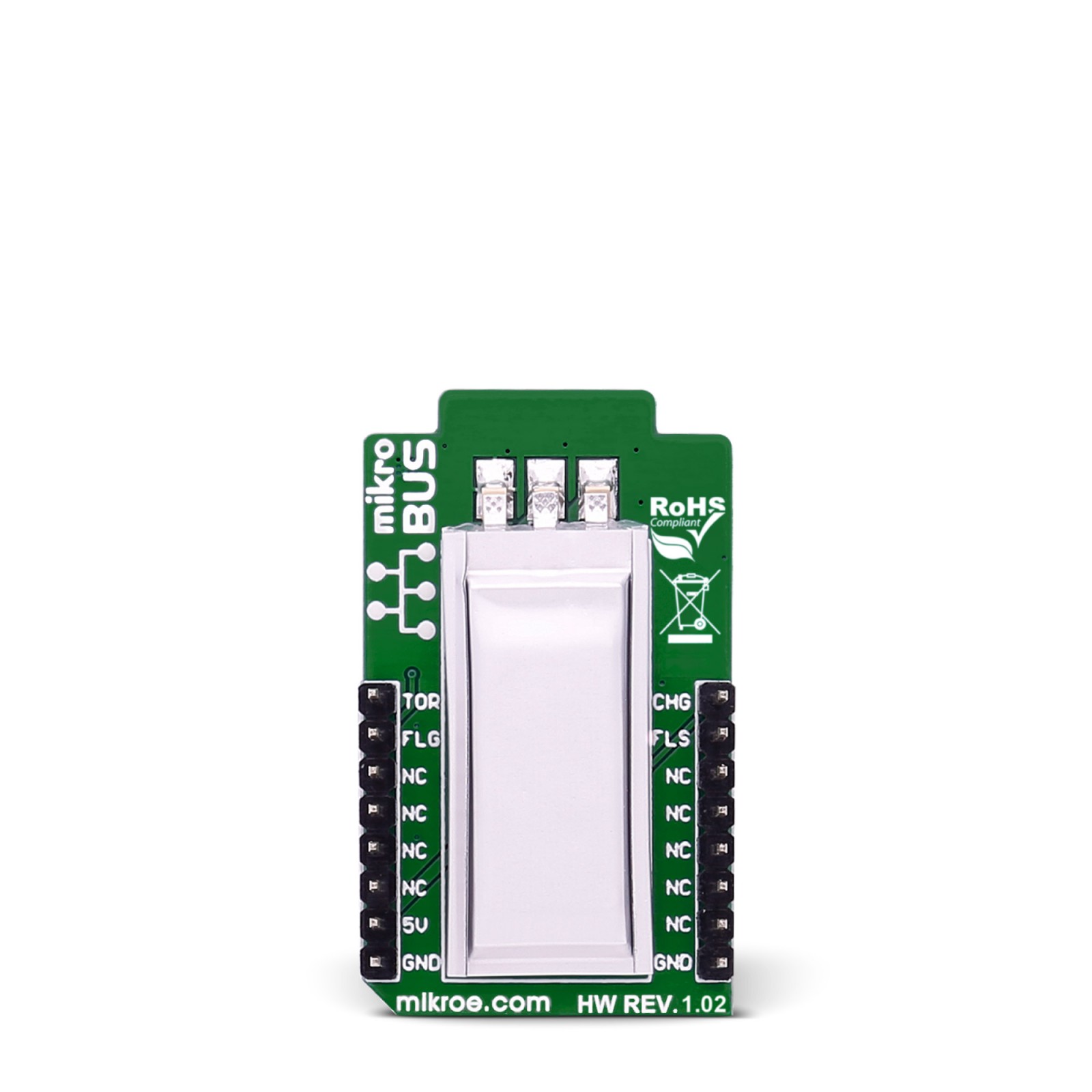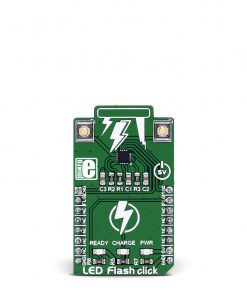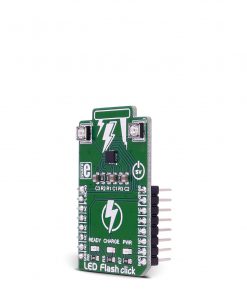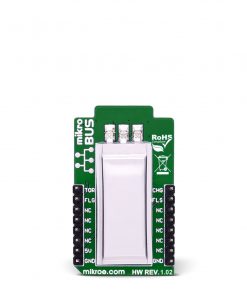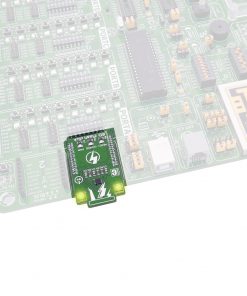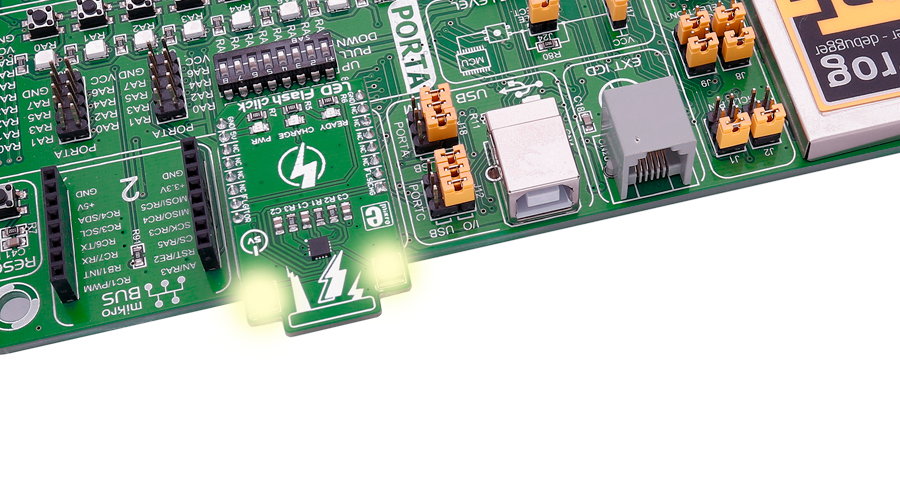-
×
 GSM/GNSS Click
1 × R1,700.00
GSM/GNSS Click
1 × R1,700.00 -
×
 MPU 9DOF Click
1 × R550.00
MPU 9DOF Click
1 × R550.00 -
×
 MP3 Click
1 × R485.00
MP3 Click
1 × R485.00 -
×
 4-20mA R Click
1 × R480.00
4-20mA R Click
1 × R480.00 -
×
 BEE Click
1 × R800.00
BEE Click
1 × R800.00 -
×
 3D Motion Click
1 × R1,050.00
3D Motion Click
1 × R1,050.00 -
×
 DAC Click
2 × R410.00
DAC Click
2 × R410.00 -
×
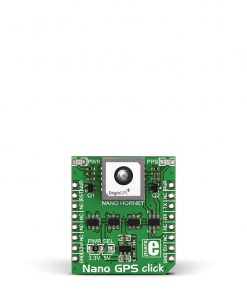 NANO GPS Click
1 × R1,300.00
NANO GPS Click
1 × R1,300.00
Subtotal: R7,185.00

